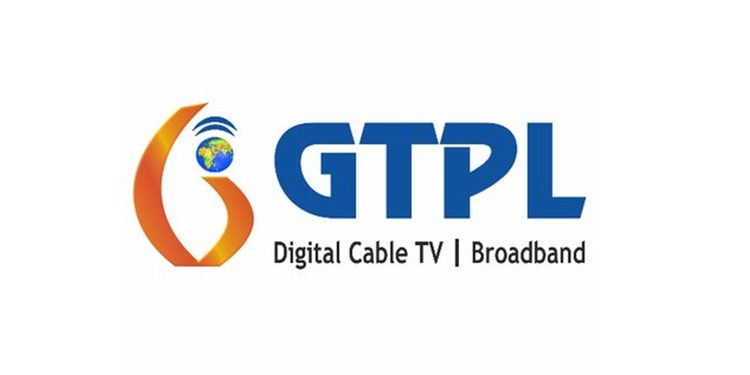Mumbai: The Q1FY20 results announced by GTPL Hathway shows that the new tariff order by TRAI has result in a sharp increase in the pay channel charges paid by cable operators to channels while the same has been partly cushioned by an increase in subscription revenue from end consumers or local cable operators.
As a result, the net impact was largely neutral-to-slightly-positive on the cable company, especially for a company like GTPL that has a high proportion of direct customers, instead of indirect customers served via local cable operators.
Overall, the new tariff scheme seems to have been largely good for cable companies as well as it offers them a fixed revenue of at least Rs 130 per month which has to be shared between the local operator and the feed provider MSO.
In addition, the feed provider also gets to keep 20% of the pay channel costs paid by end consumers. In case of GTPL Hathway, for example, subscription revenue from its cable TV customers/partners jumped by 47% in April-June quarter compared to the same period of 2018, while placement revenue, paid by channels to cable operators, increased by only 7.6%.
However, the spectacular increase in subscription revenue from users was also accompanied by an equally spectacular jump in the fees paid by GTPL to channel owners. Pay channel costs jumped by 43% on year to 180 cr in April-June.
In other words, 73% of the total amount the company received from its subscribers was passed on to channel owners. This limited the positive impact of the sharp growth seen in subscription revenue on the company’s profit margins.
Despite this GTPL’s overall operating profit jumped 31% to 110 cr that includes profit generated by its broadband business.

















